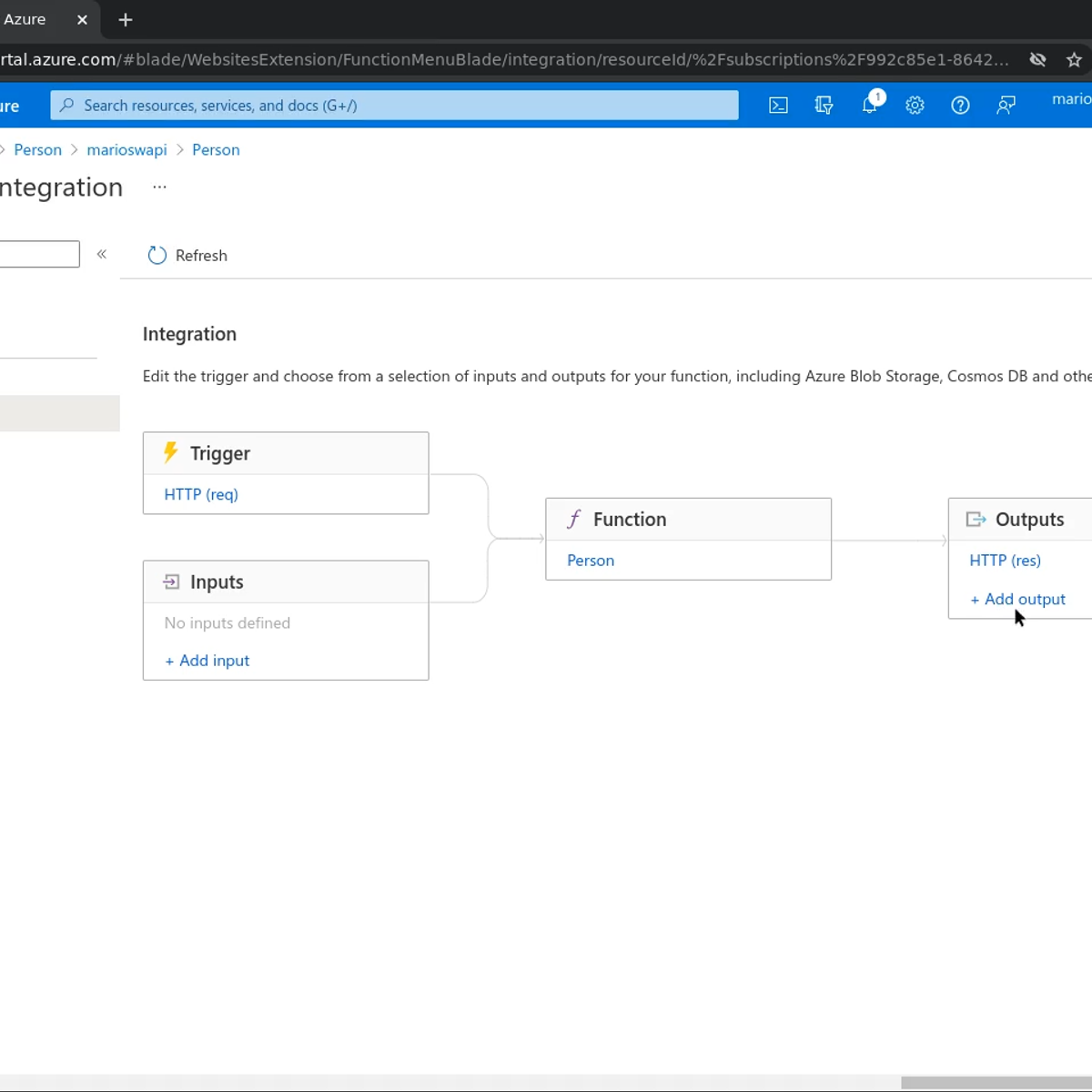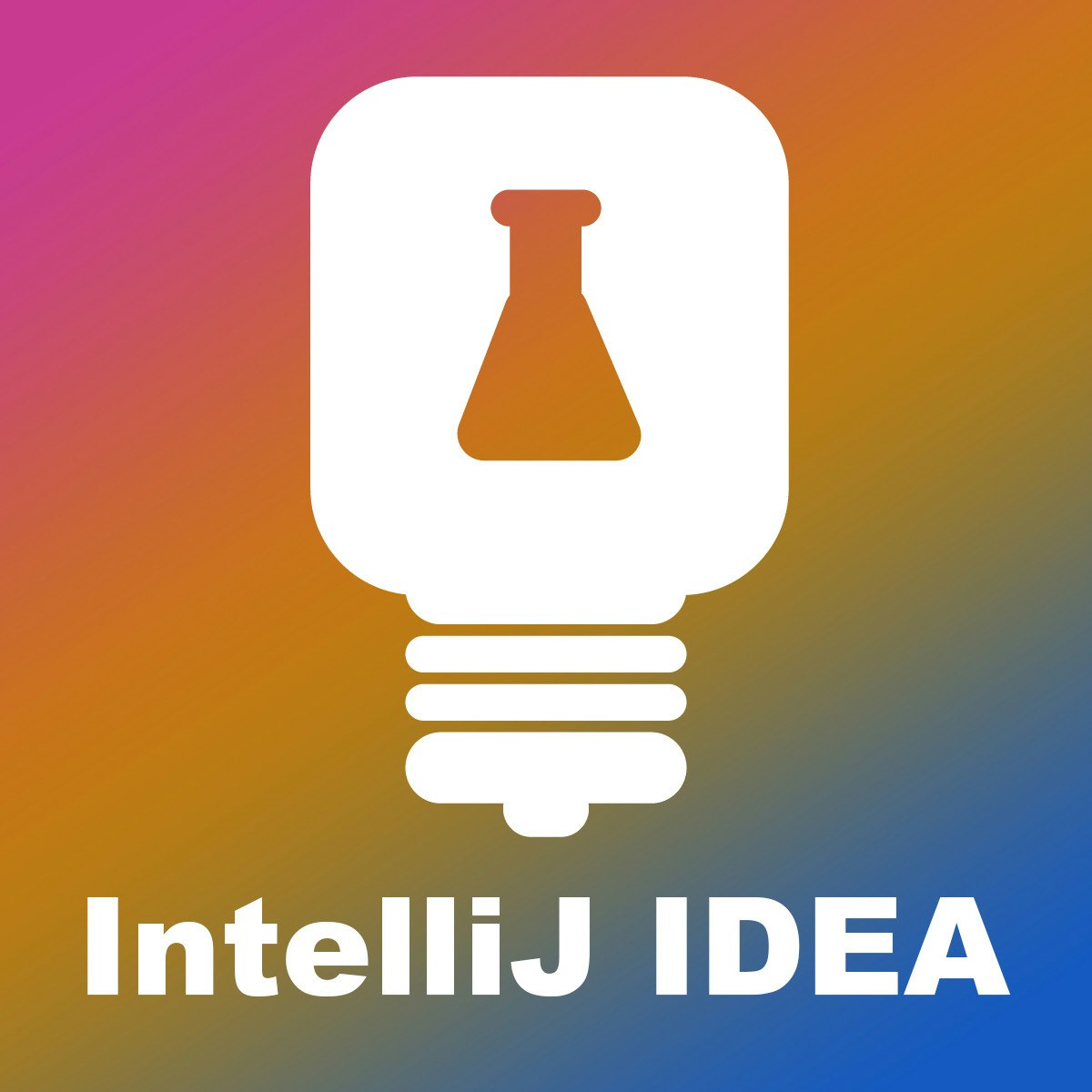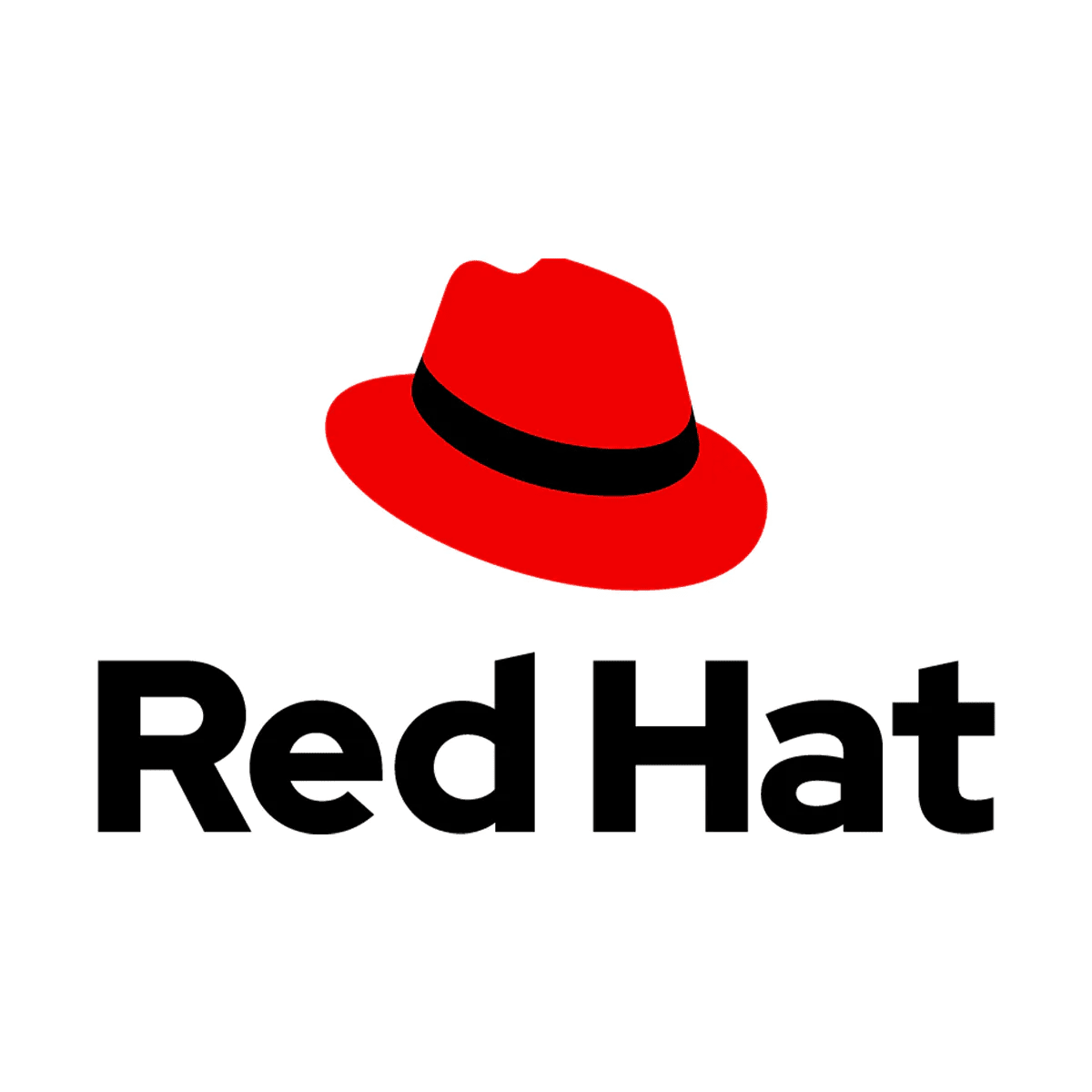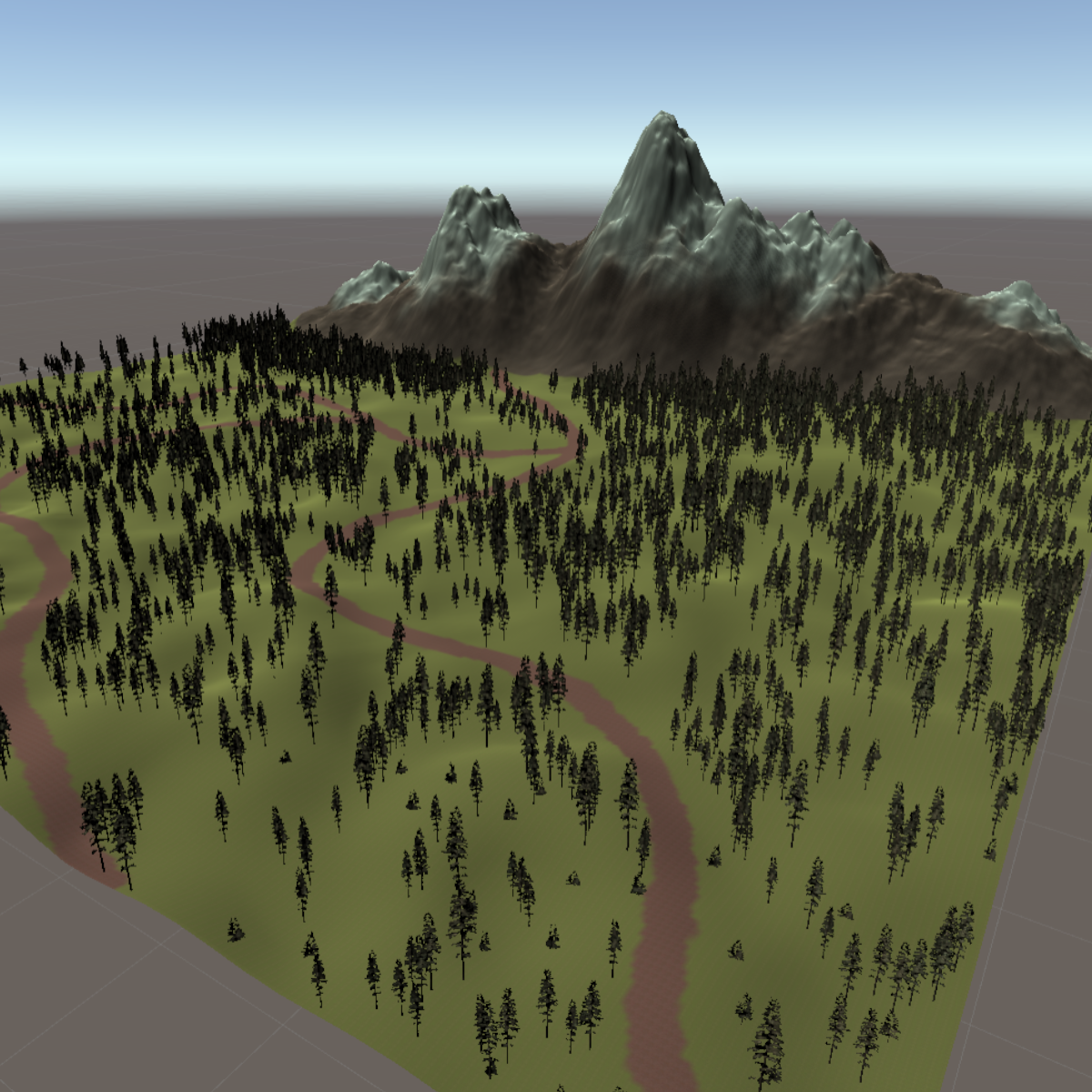Back to Courses









Software Development Courses - Page 42
Showing results 411-420 of 1266

Azure: create a REST API using NodeJS Serverless Functions
In this Guided Project, you will familiarize yourself with the basics of Azure Serverless Functions and Azure API Management using NodeJS. You're going to create a Function App and two different Serverless Functions, triggered by HTTP calls. You're going to set them up to receive data using both query parameters and path parameters, thus understanding the role of route templates. Then you're going to set up an API Management instance in order to expose them as an unique, homogeneous API that uses path parameters by using inbound processing rules.
Note: before taking this Guided Project, if you don't have an Azure subscription yet, please create an Azure Free Trial beforehand at https://portal.azure.com
Note: This course works best for learners who are based in the North America region. We’re currently working on providing the same experience in other regions.

Spring Data Repositories
This course is aimed at students wishing to learn how Java interacts with databases in a modern framework. The course uses the very popular Spring Boot Framework, with Micro services, as a setting for our database interactions using Java Persistence Framework (JPA) and Spring Data Repositories to abstract away JPA. Students will then learn how to expose Repositories as Rest Web services in their own right using Hypermedia as the Engine of Application State or HATEAOS concepts. Spring Aspect Oriented Programming (AOP) will be covered to illustrate how cross cutting concerns like logging can be applied in a centralized non evasive manner to domain classes. finally the course covers the use of Spring Transaction Managers and Springs declarative configuration Transaction model.

Image Compression with K-Means Clustering
In this project, you will apply the k-means clustering unsupervised learning algorithm using scikit-learn and Python to build an image compression application with interactive controls. By the end of this 45-minute long project, you will be competent in pre-processing high-resolution image data for k-means clustering, conducting basic exploratory data analysis (EDA) and data visualization, applying a computationally time-efficient implementation of the k-means algorithm, Mini-Batch K-Means, to compress images, and leverage the Jupyter widgets library to build interactive GUI components to select images from a drop-down list and pick values of k using a slider.
This course runs on Coursera's hands-on project platform called Rhyme. On Rhyme, you do projects in a hands-on manner in your browser. You will get instant access to pre-configured cloud desktops containing all of the software and data you need for the project. Everything is already set up directly in your internet browser so you can just focus on learning. For this project, you’ll get instant access to a cloud desktop with Python, Jupyter, and scikit-learn pre-installed.
Notes:
- You will be able to access the cloud desktop 5 times. However, you will be able to access instructions videos as many times as you want.
- This course works best for learners who are based in the North America region. We’re currently working on providing the same experience in other regions.

Object-Oriented Programming Concepts
In Object-Oriented Concepts, we will introduce the core concepts behind modern, object-oriented, programming. We will discuss objects, classes, messaging, inheritance, polymorphism, and more. As with Fundamentals of Programming, we will illustrate the concepts using the Python language, but they will be portable to other object-oriented programming languages.

Test Your Build in the Debugger with IntelliJ IDEA
In this 1.5 hours guided project. You will learn how to use the debugger in IntelliJ IDEA to test the builds of your code. Topics covered include using the integrated debugger, break points, stepping, watches, modifying the execution flow, and object examination. Basic development experience including working with objects in Java with IntelliJ IDEA is required as a prerequisite.

Managing Cloud-native Applications with Kubernetes
Managing Cloud-native Applications with Kubernetes (DO100b) is designed for IT professionals without previous cloud application deployment experience to learn basic Kubernetes skills. This course is the second course of a three-course specialization. In this specialization, you will run, deploy, and test containerized applications with zero-downtime releases.

Create Landscapes in Unity Part 1 - Terrain
In this one-hour, project-based course, you'll learn how to create and design landscape settings, using the Unity terrain component. You'll learn how to create and paint texture layers on your terrain. You'll learn how to add premade trees and grasses to add more details on your terrain environment.
The guided project will introduce you with the following Unity concepts:
-Terrain
This is Part 1 of a three-part series on creating landscape settings. Part 2 covers on creating manually a tree and setting up a wind effect that will be added on the terrain. Part 3 continues in adding Terrain related objects such as flowers, bushes, and lake.
Note: This course works best for learners who are based in the North America region. We’re currently working on providing the same experience in other regions.

Prepared Statements and Stored Procedures
This is the second course in Java Database Connectivity (JDBC) and builds upon the core principals and techniques in the JDBC 1 course. It utilizes PreparedStatements, highlighting their advantages over JDBC Statements. It will also introduce utilizing Stored Procedures on the database server itself to encapsulate complex SQL and PLSQL logic. The Course also introduces the idea of querying the database meta data such as table structures and how to cope with different SQL syntax for different Jdbc complaint databases via the JDBC escape syntax.

Transcoding HTTP/JSON API calls to gRPC through API Gateway
This is a self-paced lab that takes place in the Google Cloud console.
In this lab you learn how to set up an API Gateway to manage access to gRPC APIs by using HTTP/JSON transcoding. Transcoding involves mapping HTTP/JSON requests and their parameters to gRPC methods, parameters and return types. Once API transcoding is properly configured, you will secure access to the API by requiring an API Key to retrieve data.

Cybersecurity Roles, Processes & Operating System Security
This course gives you the background needed to understand basic Cybersecurity around people. process and technology. You will learn:
● Understand the key cybersecurity roles within an Organization.
● List key cybersecurity processes and an example of each process.
● Describe the architecture, file systems, and basic commands for multiple operating systems including Windows, Mac/OS, Linux and Mobile.
● Understand the concept of Virtualization as it relates to cybersecurity
Finally, you will begin to learn about organizations and resources to further research cybersecurity issues in the Modern era.
This course is intended for anyone who wants to gain a basic understanding of Cybersecurity or as the second course in a series of courses to acquire the skills to work in the Cybersecurity field as a Jr Cybersecurity Analyst.
The completion of this course also makes you eligible to earn the Cybersecurity Roles, Processes & Operating System Security IBM digital badge. More information about the badge can be found here: https://www.youracclaim.com/org/ibm/badge/cybersecurity-roles-processes-operating-system-security
Popular Internships and Jobs by Categories
Browse
© 2024 BoostGrad | All rights reserved


